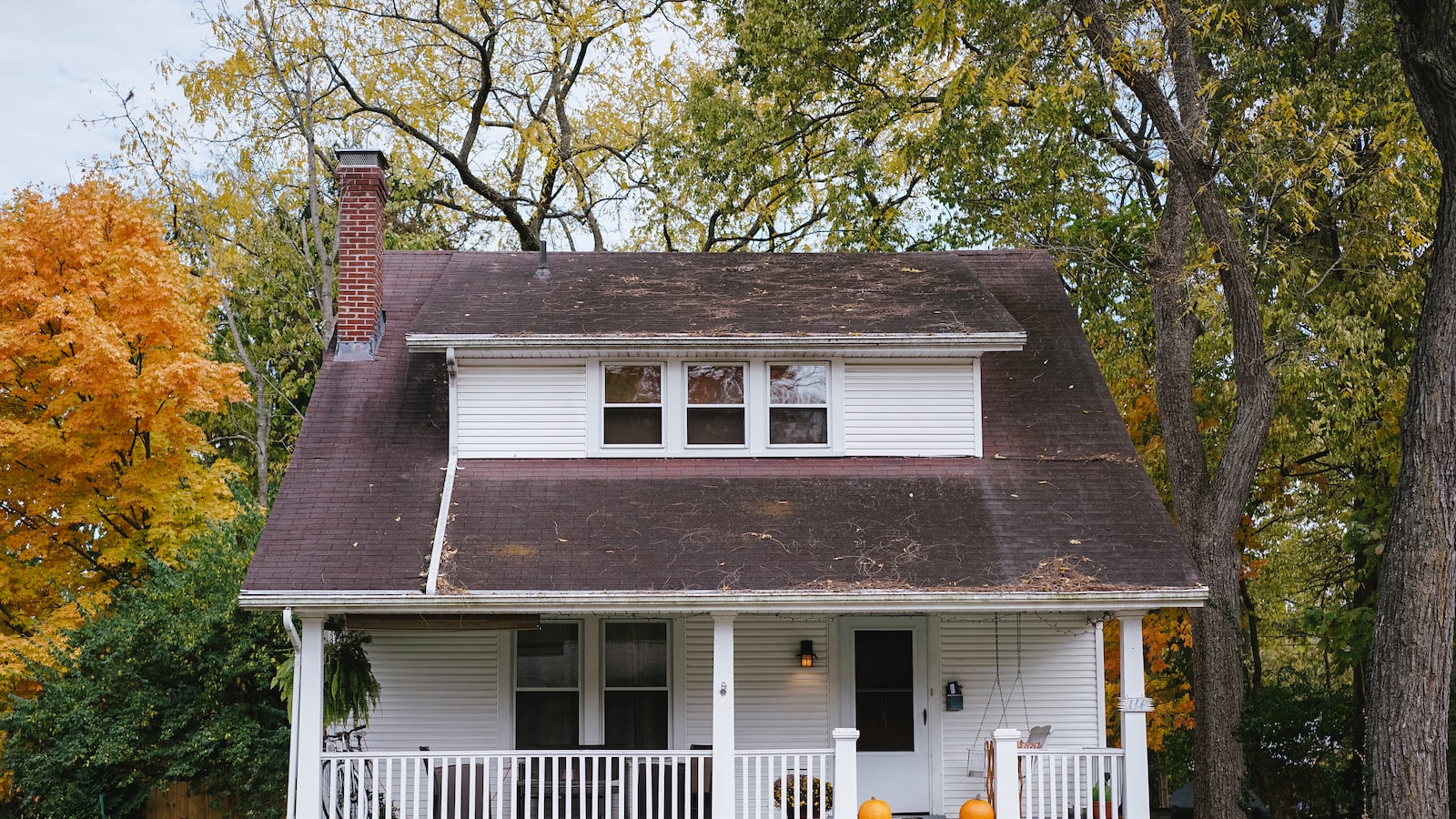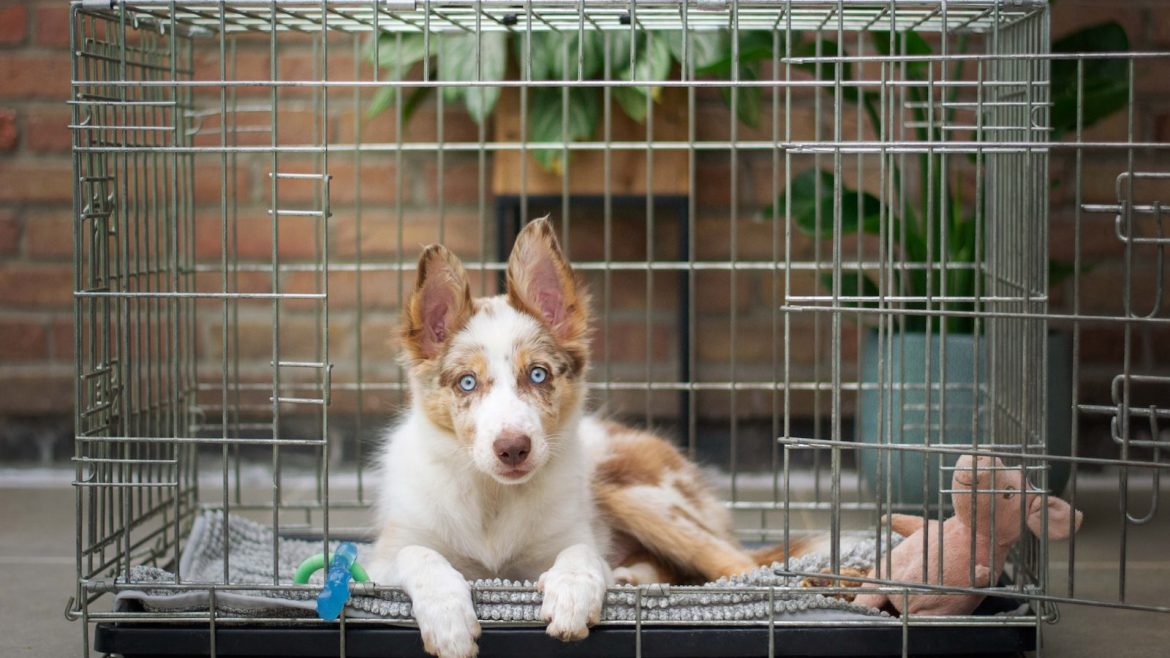Welcome to the world of puppy parenting, where love, cuddles, and endless joy are only a few potty training sessions away. House training your furry bundle of joy can seem like a daunting task, but fear not, for we have embarked on a voyage to simplify this process for you. In this article, we will uncover the secrets behind successful potty training techniques that will have your precious pup ruling the porcelain throne like a pro. Whether you’re a first-time puppy owner or a seasoned pet enthusiast looking for a refresh, join us as we dive into the magical realm of house training made simple. Leave all your worries at the door, grab a treat, and let’s embark on this paw-some journey together!

The Basics of House Training: Setting the Foundation for Success
House training your furry friend can sometimes feel like a daunting task, but fear not! With a solid foundation and a little bit of patience, you’ll be well on your way to success. Here are some important tips and tricks to help you navigate through this process smoothly:
- Establish a Routine: Dogs thrive on routine, so it’s crucial to establish a consistent schedule for feeding, playtime, and bathroom breaks. This helps them understand when and where they should be doing their business.
- Create Designated Toilet Areas: Identify specific spots in your yard where your pup can relieve themselves. Take them to these areas regularly, especially after meals or naps. This will reinforce the idea that this is where they need to go.
- Positive Reinforcement: Make sure to praise and reward your pup whenever they eliminate in the right place. Positive reinforcement goes a long way in reinforcing good habits and providing motivation for your furry companion.
Remember, accidents happen! Be prepared for those inevitable mishaps by having cleaning supplies handy. Stay patient and consistent, and celebrate every small victory along the way. With your dedication and love, your pup will soon become a house-trained superstar!

Effective Potty Training Techniques for Puppies: Step-by-Step Guidelines
Preparing your new furry companion for a lifetime of good habits starts with effective potty training techniques. Teaching your puppy where and when to do their business can save you from countless accidents and maintain a clean and happy home environment. Follow these step-by-step guidelines to ensure a smooth potty training experience:
- Establish a routine: Puppies thrive on consistency. Set a regular schedule for feeding, playtime, and potty breaks. Creating a routine helps your puppy understand when it’s time to go outside and reduces the chances of accidents indoors.
- Choose a designated area: Identify a specific spot in your yard where you want your puppy to eliminate. Take them to this area every time they need to go, using a leash if necessary, to reinforce the association.
- Use positive reinforcement: Encourage good behavior by praising and rewarding your puppy immediately after they successfully potty outside. This can be done through treats, verbal cues, or gentle petting to reinforce their understanding and motivation.
Remember, potty training requires patience and consistency. Your puppy might have occasional accidents despite your best efforts, but with time and proper training techniques, they will soon grasp the concept of proper potty etiquette. By employing the above guidelines and showering your furry friend with love, you’ll be well on your way to a well-trained, happy, and accident-free puppy!
Creating a Consistent Routine: Building Good Habits for Successful House Training
When it comes to house training your furry friend, establishing a consistent routine is essential. By creating a structured schedule, you can build good habits and set your furry companion up for success. Here’s how you can develop a consistent routine that will make house training a breeze:
- Set a regular feeding schedule: Consistency in mealtimes can help regulate your furry friend’s bowel movements. Aim to feed them at the same time every day to establish a routine. Avoid feeding them too close to their bedtime to minimize accidents during the night.
- Create designated potty breaks: Regular bathroom breaks throughout the day are crucial for successful house training. Take your pup to their designated potty spot after meals, waking up, and before bedtime. This will help them associate the spot with doing their business and develop a routine.
- Keep a close eye on your furry friend: Supervision is key during the house training process. Limit their access to the entire house initially and keep an eye out for signs they may need to go. Pay attention to sniffing, circling, or restlessness, and gently guide them to their designated spot for elimination.
Establishing a consistent routine is paramount in house training your four-legged companion, ensuring they become well-mannered and disciplined. It may require some patience and persistence, but with determination, you’ll soon have a house-trained pet who understands the rules and consistently follows them. Incorporate positive reinforcement during the training process, and remember to reward your furry friend’s progress and good behavior. Together, you’ll create an unbreakable bond and enjoy a harmonious home.
Recommended Tools and Products for Easy Puppy Potty Training
When it comes to potty training your adorable new puppy, having the right tools and products can make the process a breeze. Here are some recommendations to help you along the way:
Toilet Training Pads
1. Absorbent and Leak-Proof: Opt for high-quality puppy training pads that quickly absorb liquid and prevent any leaks, ensuring your floors stay clean and mess-free.
2. Scented Pads: Some brands offer scented pads to entice your puppy to use them. The fresh scent can help attract your furry friend and encourage them to potty in the desired spot.
3. Size and Quantity: Consider the size of the pads and the quantity in each pack. Larger pads provide more coverage, while larger quantities ensure you never run out.
Puppy Training Spray
1. Attractant Spray: This specially formulated spray contains a scent that encourages your puppy to relieve themselves in a designated area. Simply spray it on a specific spot, and your little companion will be drawn to go there.
2. Indoor Control: Look for a training spray that helps neutralize odors and prevent your puppy from revisiting previous accident spots. This will discourage them from going in the wrong places, reinforcing their potty training progress.
In Retrospect
In conclusion, embarking on the journey of house training your furry little friend may seem like a daunting task, but worry not! With the right mindset, patience, and consistency, you can transform your mischievous pup into a potty-trained marvel.
Remember, understanding your puppy’s needs and signals is pivotal. It’s not just about teaching them where to relieve themselves but also building a strong bond where communication flows effortlessly between you and your four-legged companion.
In this article, we’ve explored an array of effective potty training techniques, from crate training to positive reinforcement. Don’t forget that accidents may happen along the way, but it’s crucial to remain calm and refrain from scolding your puppy. Instead, focus on reinforcing the desired behavior and giving them plenty of praise and rewards when they get it right.
As you embark on this potty training adventure, cherish each milestone your pup achieves. Celebrate their successes, no matter how small, and remember to shower them with love, patience, and understanding. Soon enough, your furry friend will be proudly displaying their mastery of potty training.
So, go forth, dedicated puppy parents, armed with knowledge and a gentle touch. Together, let’s conquer the challenge of house training and pave the way for harmonious living. Remember, the joy and fulfillment of a well-trained pup will be your reward, and every accident avoided will be a triumph of perseverance and determination.
Now, it’s time to turn this knowledge into action and create an environment where your pup can flourish and thrive. The journey to a potty-trained pup begins now!
When it comes to house training, there’s no need to struggle. Potty training techniques for puppies can be surprisingly straightforward, and they’ll work to make your life easier and help your four-legged companion get settled in and feel truly at home.
First, be prepared to be patient. Depending on the age of the puppy, potty training might take between 4-6 weeks on average. Establish a regular schedule – take your pup outdoors on their potty break 1-3 times per day. The more regular the routine, the easier it will be for your puppy to develop a habit out of it. This will also help to reinforce the idea that going outside is the place to go to the bathroom.
It’s important to be consistent and attentive during the potty training process. If you’re watching and attentive, you can catch when your puppy appears to be signaling that they need to go. Some common signs of this could be pacing around, whining, or circling. As soon as you spot these behaviors, immediately take the puppy outside so they know that when they do those behaviors, it means they should go outside.
Using a positive reward system is key when it comes to house training. Every time your puppy successfully goes outside to the bathroom, celebrate with a small treat and lots of praise. This will help the puppy to know that they’ve done the right thing. Be sure to use a consistent phrase, such as ‘good potty!’ when they have gone potty outside.
It’s also important to pay attention to any accidents that do happen. Don’t scold or punish the puppy – instead, gently guide them outside. Clean up any messes with an odor control solution so the area does not smell like a bathroom. This will help the puppy know that their accidents are not acceptable inside.
House training doesn’t have to be difficult. With a consistent approach and plenty of praise and reward, you’ll have your puppy properly trained in time. With patience and dedication, both you and your four-legged companion will have a much smoother transition into your new living arrangement.





